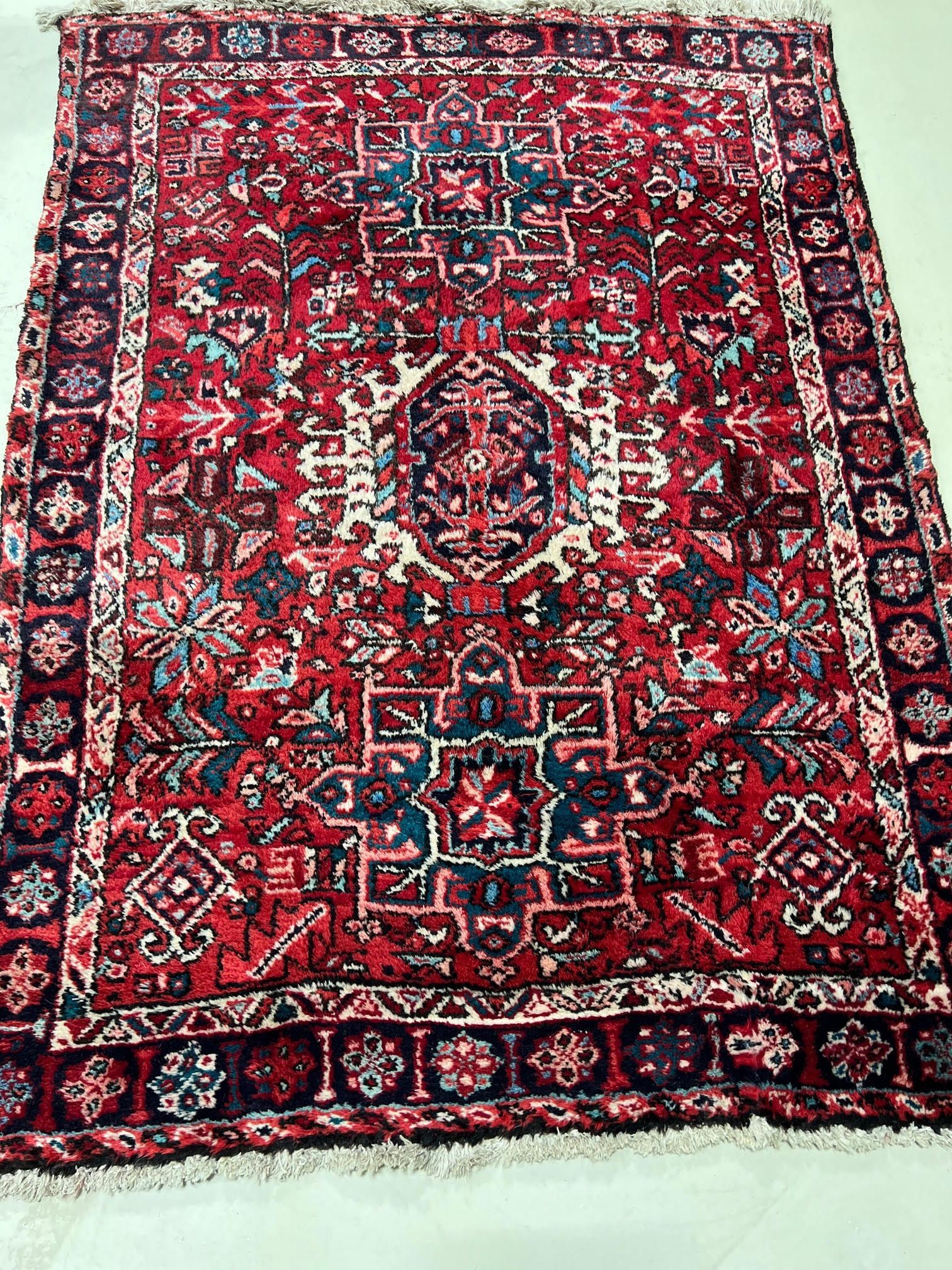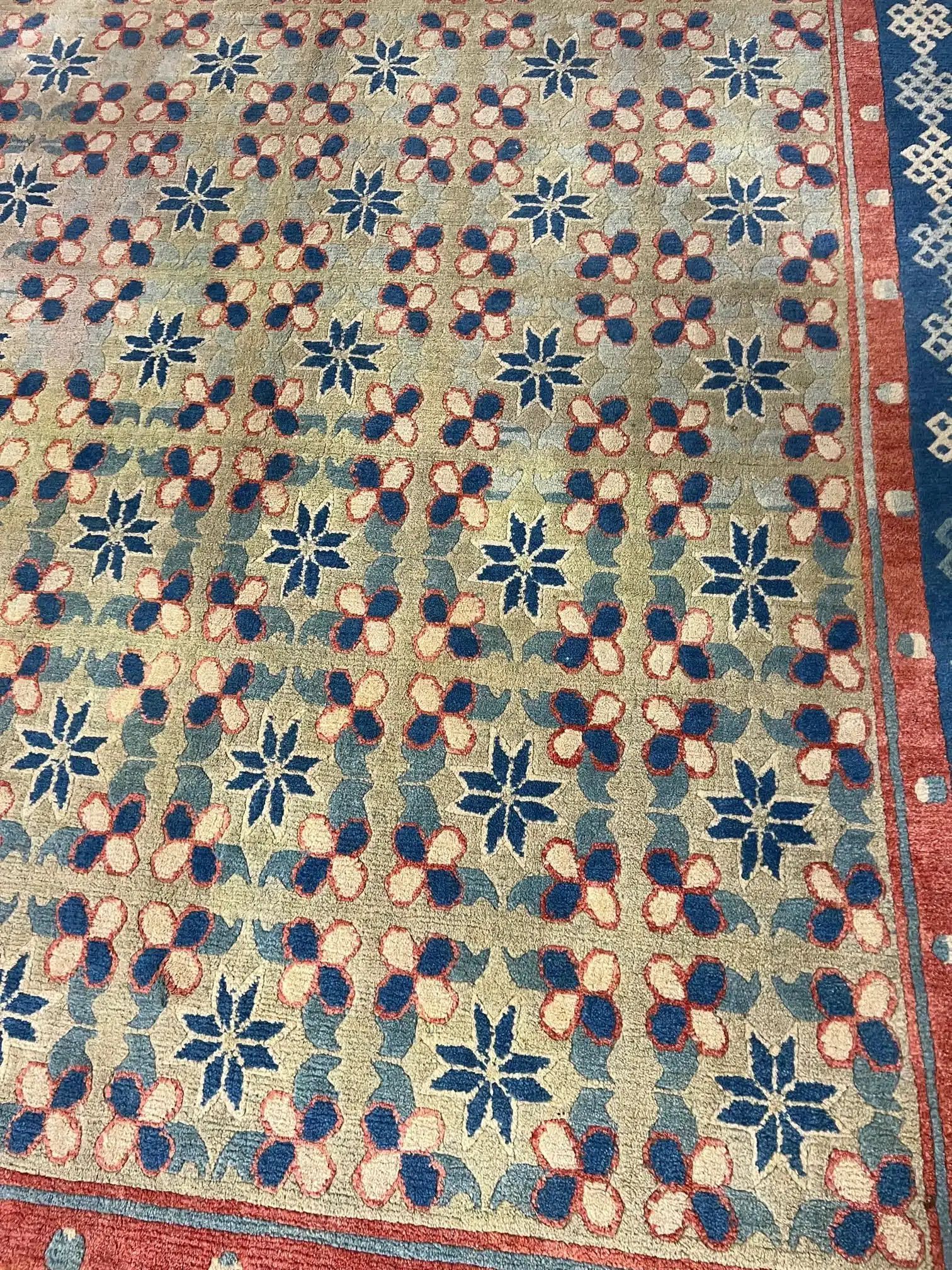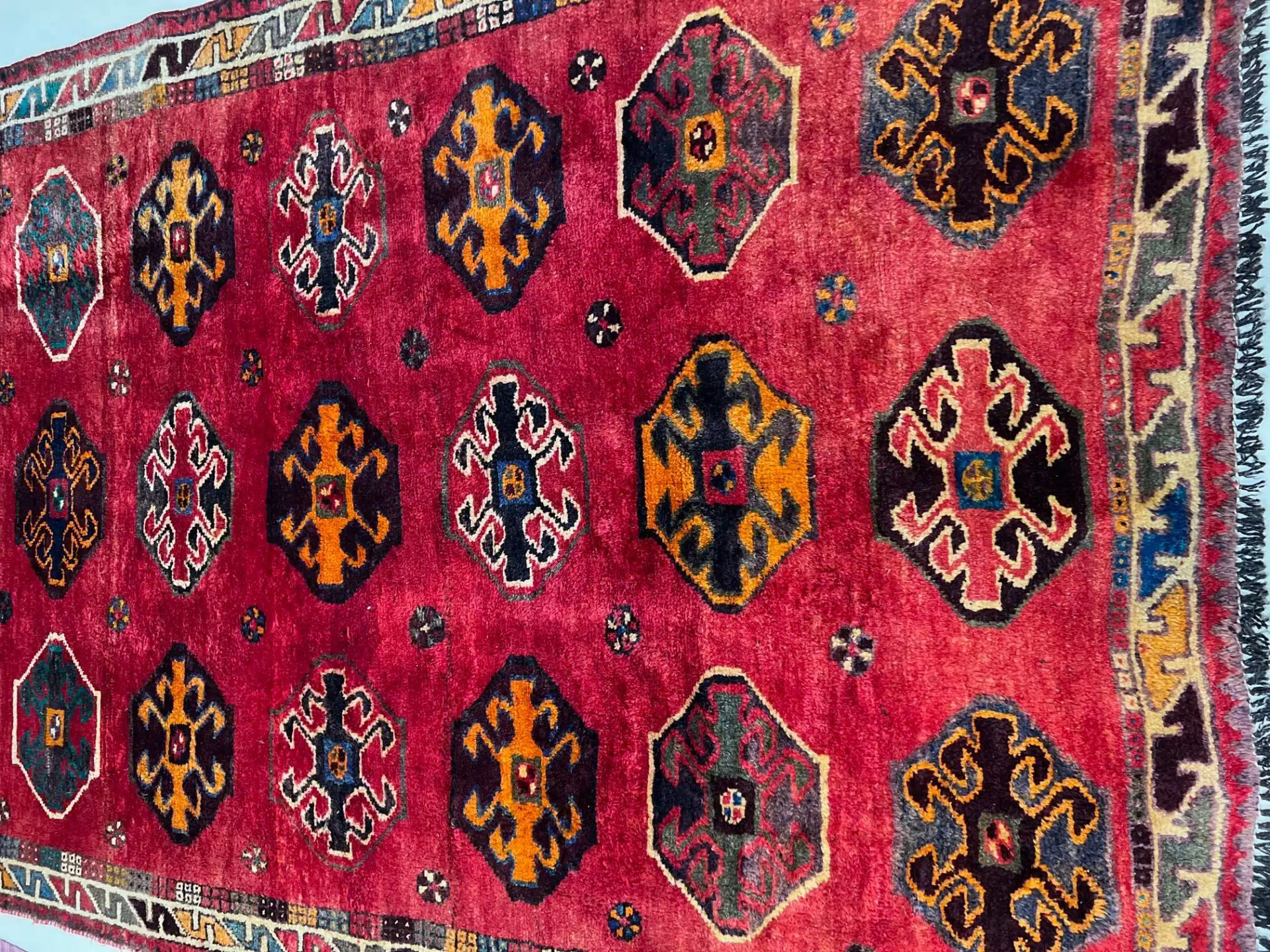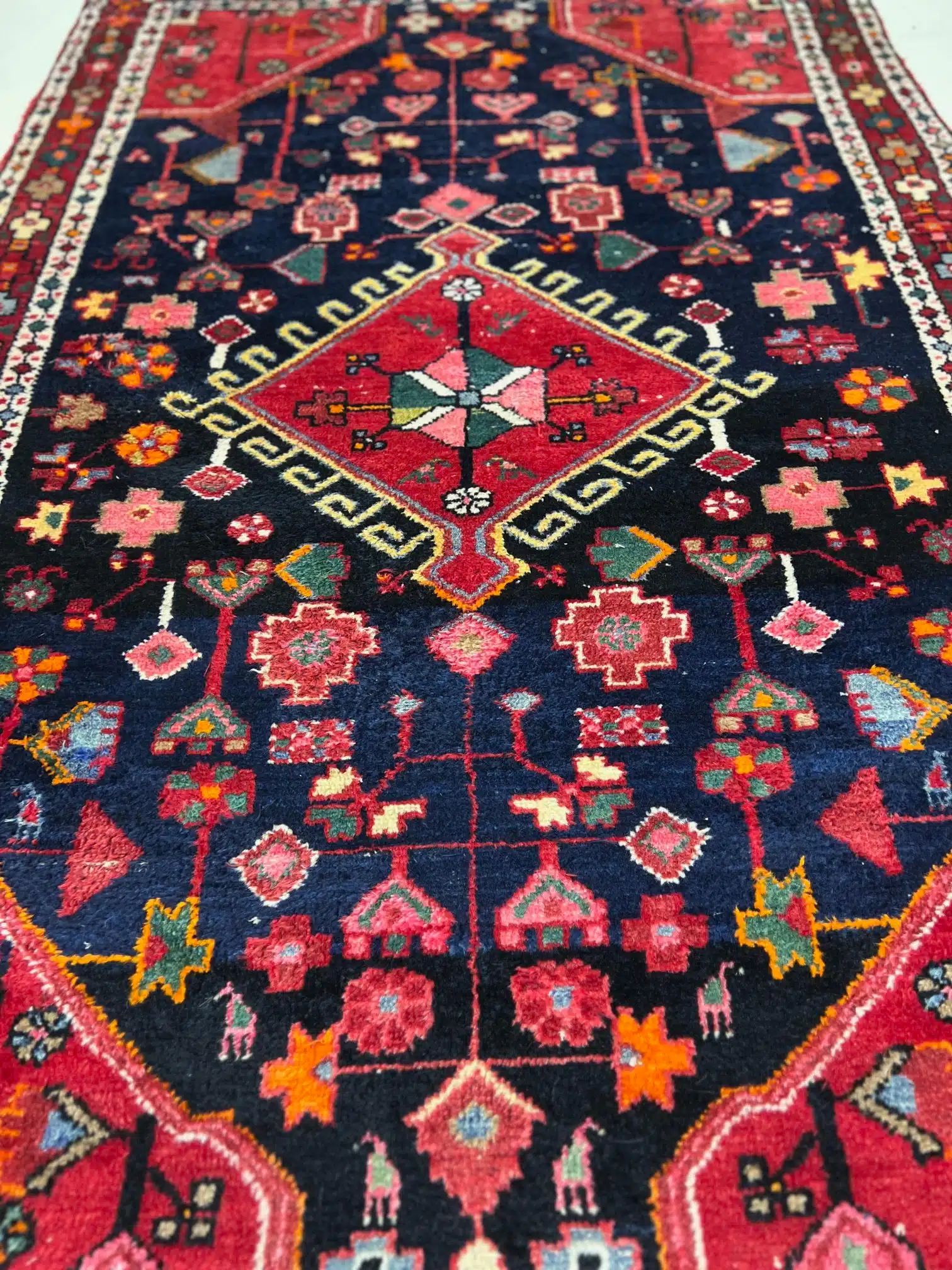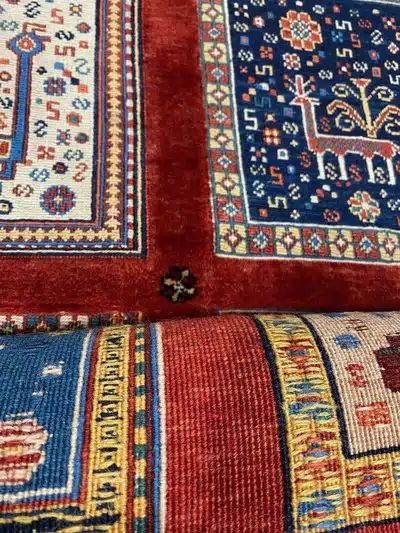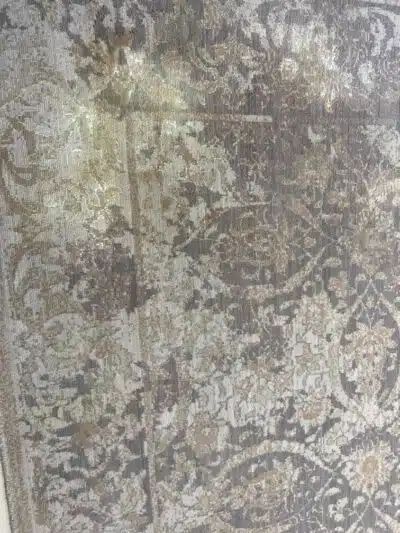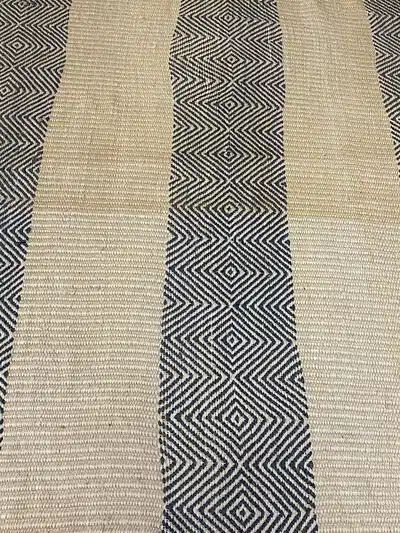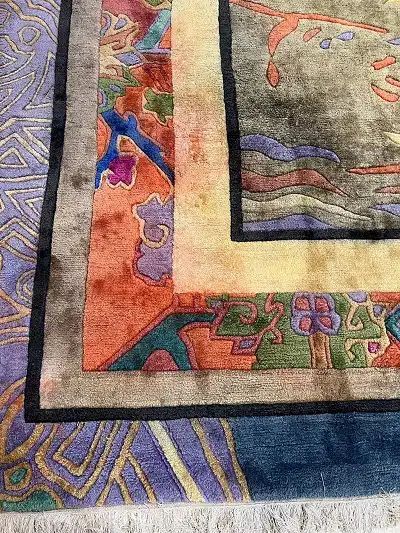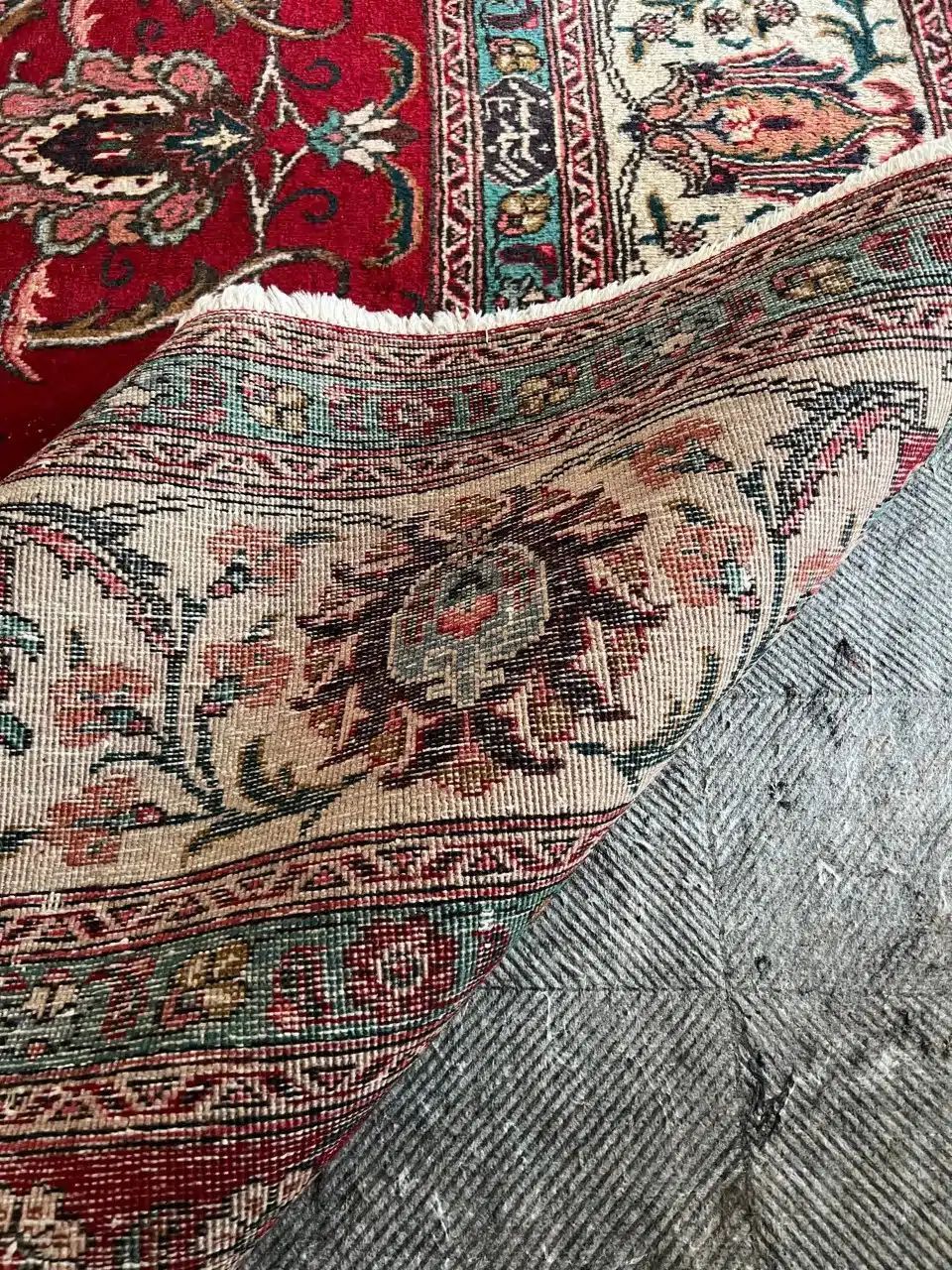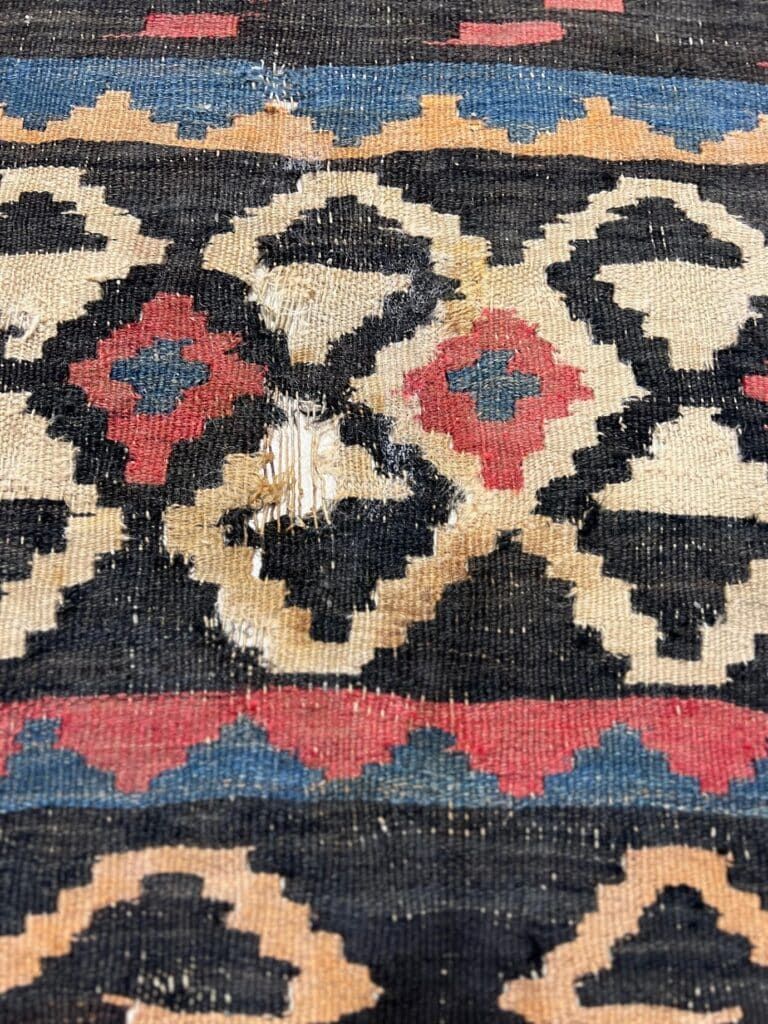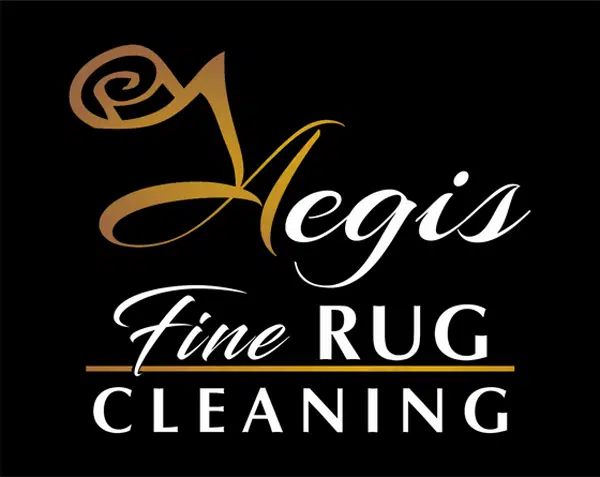Your Rug is an Extra Air Filter You Didn’t Know You Had
Your Rug is an Extra Air Filter You Didn’t Know You Had

How A Clean Rug Improves Your Home
According to 2018 scientific study, your rug “may act as a repository for pollutants” that can “become resuspended upon activity in the carpeted area.” The authors of this study go on to say that your rug can “act like a sink” due to its three-dimensional structure, meaning that even the most luxurious fine rug can trap atmospheric pollutants only to release them again the moment you step across its surface.
The process of a rug absorbing pollutants from the air in your home is called “atmospheric soiling,” and it fills your rug with everything you’d prefer not to have in your lungs. Even if you use conventional air filters throughout your home, your rug will serve as a secondary filtration device that, unfortunately, releases pollutants back into your indoor atmosphere all too easily.
Unlike a normal air filter, your rug doesn’t have a fan that moves air through its surface. Thanks to the force of gravity, however, your treasured area rug ends up just as dirty as a conventional air filter’s carbon pre-filter. The only difference is that you often can’t see the soil that has accumulated in your rug and it can pose serious risks to the health of all the occupants of your home.
Therefore, it is recommended that you have your rugs expertly cleaned, off-site at least once per year if you have pets or children. Fine rugs should never go longer than two years between professional rug washings. If your house is in Travis County, call us today to have your rugs cleaned with our award-winning service, Aegis Fine Rug Cleaning, 512-327-1900.
The post Your Rug is an Extra Air Filter You Didn’t Know You Had appeared first on The Austin Rug Cleaner.
